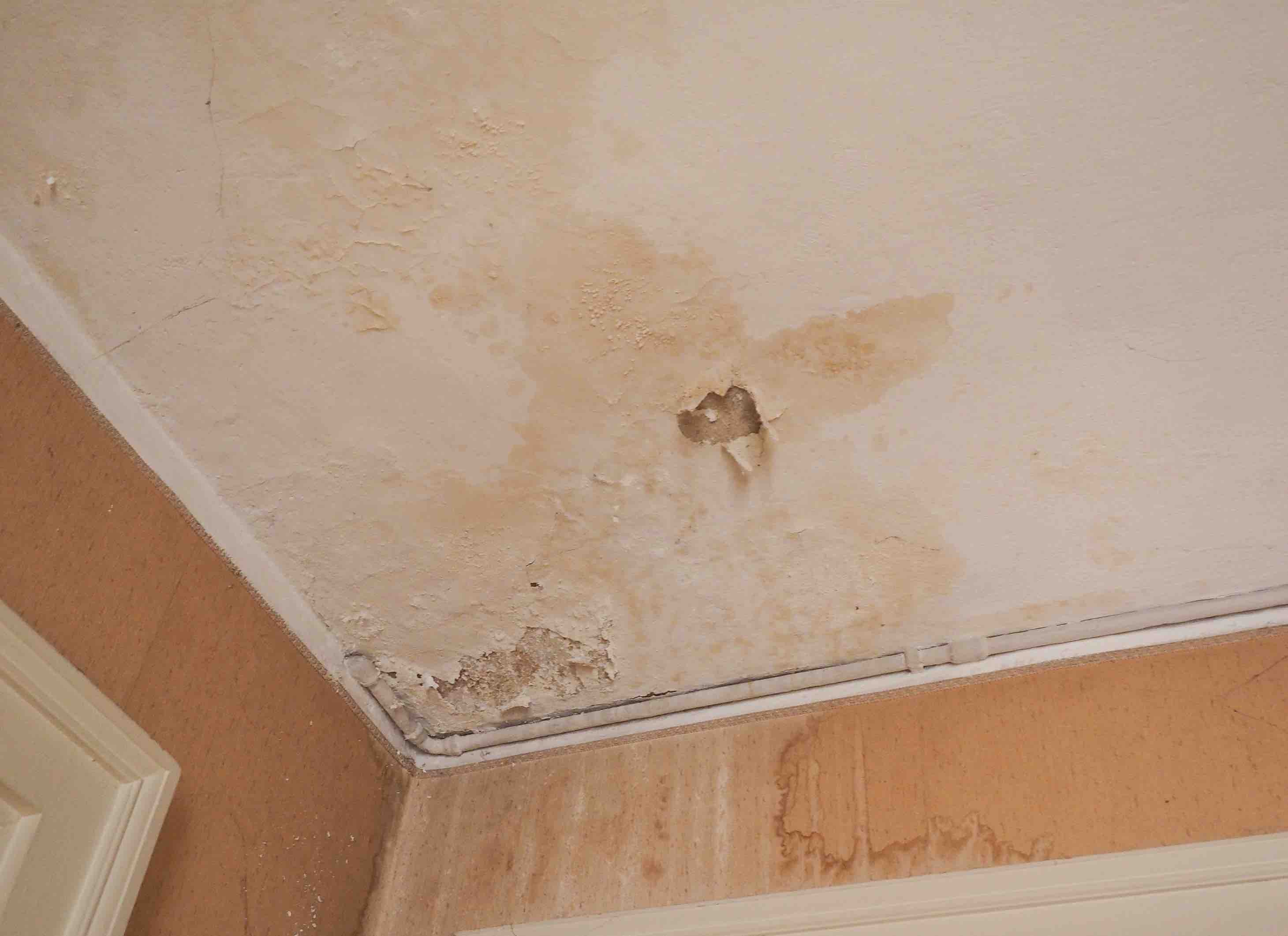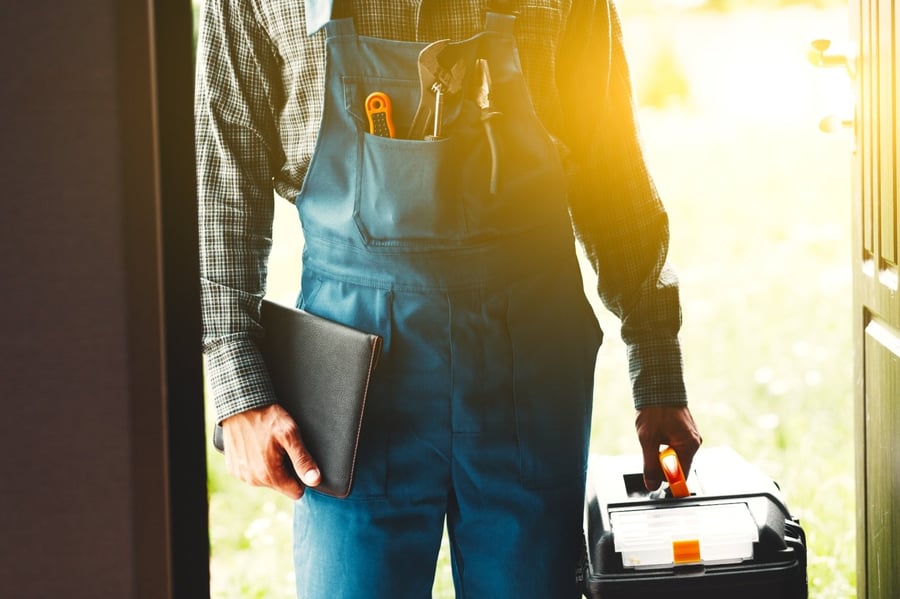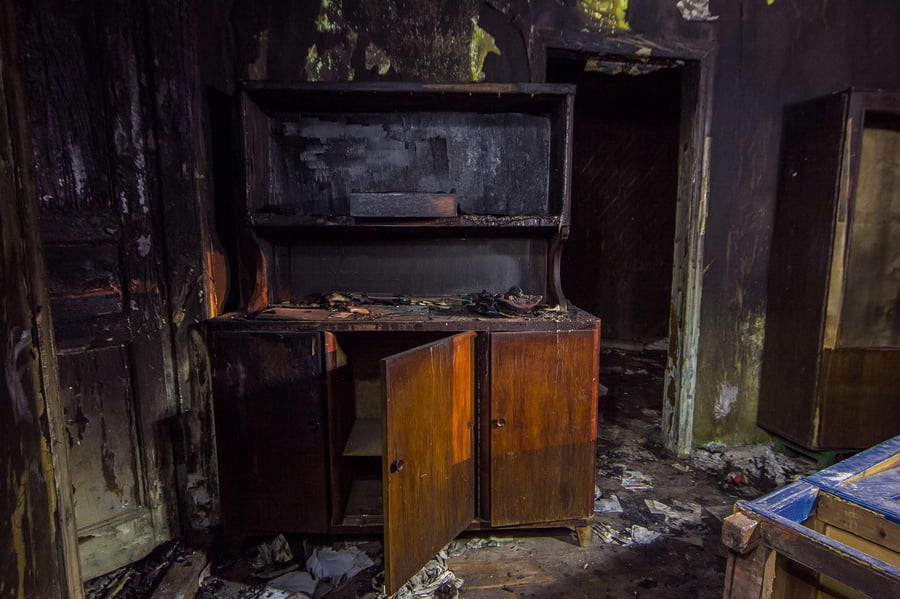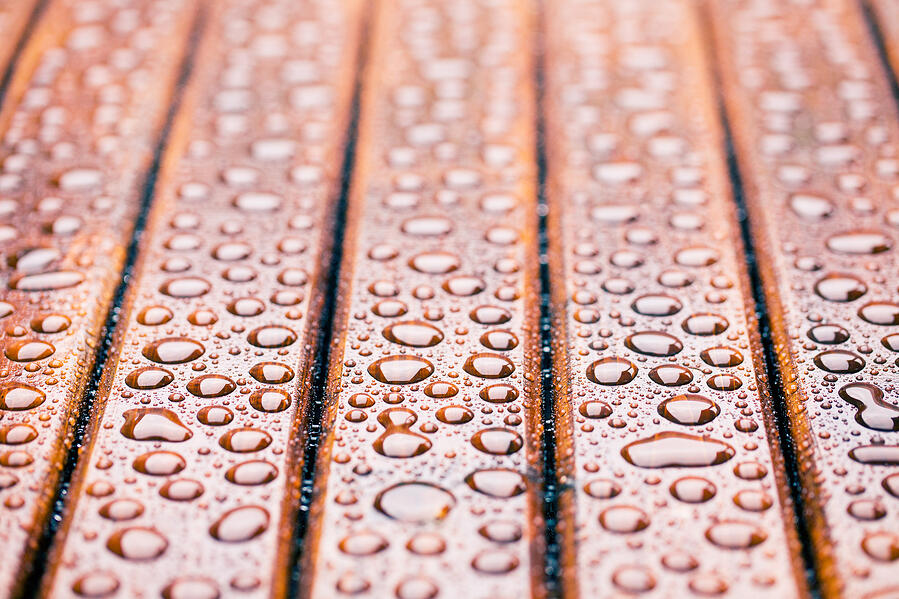How to Accurately Measure RH with a Humidity Gauge

 The relative humidity (RH) in a given area can be an important bit of information for a number of reasons. For restoration experts, relative humidity can be used to determine progress for dry-out. Flooring installers can use RH to determine what the equilibrium moisture content (EMC) value of wood flooring should be. Building inspectors can use RH measurements to determine if any rooms in a building are moisture-compromised without having to use a moisture meter on every last inch of the floors, walls or ceilings.
The relative humidity (RH) in a given area can be an important bit of information for a number of reasons. For restoration experts, relative humidity can be used to determine progress for dry-out. Flooring installers can use RH to determine what the equilibrium moisture content (EMC) value of wood flooring should be. Building inspectors can use RH measurements to determine if any rooms in a building are moisture-compromised without having to use a moisture meter on every last inch of the floors, walls or ceilings.
Whatever the reason for testing the relative humidity is, it’s important to accurately measure RH whenever possible. A humidity gauge, or RH meter, is a crucial tool for making quick, accurate measurements of the RH conditions in a given area. But, how can you make sure that your measurements of RH are accurate?
Get the Right Humidity Gauge
There are many different RH sensors available on the market—each with different performance specs. Picking the right one can be a bit of a challenge, but consider the following:
- Sensor Tolerance. Every humidity gauge has a built-in sensor tolerance—an amount by which the measurement provided by the meter will differ from the actual RH of the area. A very high-quality gauge might have a sensor tolerance as low as ±2%, while lower-quality devices might have a tolerance closer to ±5-6%. The smaller this number, the better, since it indicates a more accurate device.
- Dew Point Range. Dew point, or the temperature at which water will condense, is another way to monitor humidity that some professionals find useful. Humidity gauges with dew point measurement ranges can make getting this information incredibly easy.
- Grains Per Pound (GPP) Range. GPP is another way of expressing the humidity in an area based on how many “grains” of moisture are present in each pound of air. Restoration Professional find this to be the preferred method of expressing humidity. The wider the range, the better the humidity gauge will be at accurately measuring both extremely “wet” and extremely “dry” air.
- Temperature Range and Corrections. Because RH is a measure of how much water would need to be added to the air to achieve saturation, temperatures can affect an RH reading. Basically, warmer air needs more moisture to reach saturation, while colder air needs less. Humidity gauges with built-in temperature measurements, or thermo-hygrometers, can automatically adjust RH measurements to take the current temperature into account.
Finding the right humidity gauge means finding a device that has the right humidity measurement options and level of accuracy to meet your specific needs.
Check the Condition of the Sensor Material Before Use
The accuracy of a humidity gauge can be strongly affected by the condition of the sensor material it uses. Clean, uncontaminated sensors provide the most reliable and accurate measurement of humidity.
Over time, however, exposure to the air at the testing site will begin to contaminate the sensor material, which can reduce the accuracy of the RH meter. This is sometimes referred to as sensor drift. If a meter’s sensor material is too badly damaged, it will need to be replaced before use.
Put the Humidity Gauge in the Right Spot
The placement of an RH meter can affect the reading it provides. This is because the distribution of humidity in a room isn’t necessarily uniform. For most devices, the ideal placement will be included in the owner’s manual, but some basic advice includes:
- Avoiding pools of water
- Checking room temperature
- Staying away from corners or other areas with restricted air flow
This can help you get the most accurate measurement that best represents the actual average humidity of the room.
Some units are handheld rather than mounted. For these units, feel free to take multiple RH measurements throughout the room to establish the average RH value.
Take Multiple Readings
Because humidity gauges have a built-in margin for error (the “sensor tolerance” mentioned earlier), one way to ensure that you’re getting accurate readings is to take several RH measurements throughout the day.
Using these different measurements allows you to find their average, which will likely be closer to the actual humidity than a single measurement. Also, if the difference between your average RH measurement and the majority of your measurements is less than the sensor tolerance of your humidity gauge, then odds are that the gauge is providing accurate information.
Another way to check accuracy could be to use multiple humidity gauges—keeping one as a “reference” gauge to test against the “use” gauge. However, the expense of this method makes it an unpopular choice—you’re basically buying another, identical humidity gauge just to test the other.
Use Your Warranty Repair/Replacement!
If you find that your humidity gauge is giving you really random, odd readings, and nothing is wrong with the sensor material, check with your manufacturer to see if you can get it repaired or replaced right away!
A top-of-the-line manufacturer will be happy to take your nonfunctional gauge and help you get it working (or replaced) as quickly as possible to make sure that you aren’t left without one of the critical tools you need. Warranty policies, turnaround times, and out-of-warranty repair costs will vary from one manufacturer to the next, so be sure to check the manufacturer’s website to make sure that they have a set of policies that you can be happy with.
Taking advantage of your manufacturer’s warranty/replacement policy can help you make sure that your humidity gauge is in the best possible condition. However, if the manufacturer has a support line or FAQs page, be sure to check those resources first, as they may have a solution to your problem that doesn’t require mailing off your device.
Getting accurate RH measurements can be incredibly important, but it doesn’t have to be difficult. By using the right humidity gauge, some basic maintenance and other best practices, you can make sure that you’re accurately measuring RH.
Subscribe to Our Blog
Post Related

Broken Moisture Meter Here's How to Fix That


